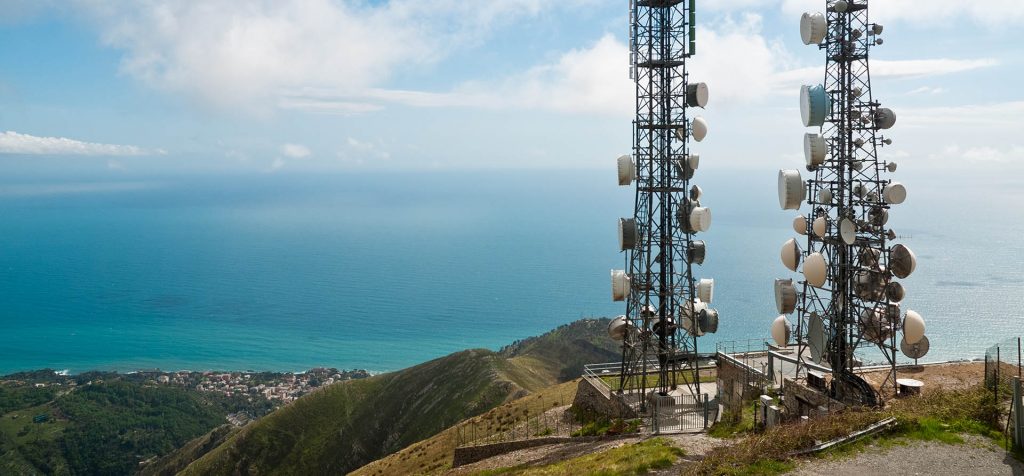Keep connected with state-of-the-art Communication Towers
At the center of most mobile communication networks, you’ll find Radio Towers solidly providing support throughout the year. Communication Towers are used globally to support antennas and they are used for broadcasting and telecommunications. Two different types of Communication Towers are commonly used around the globe, guyed masts and self-supporting lattice towers are erected on demand. Plus mobile telescopic Communication Towers are another option to consider when you need to establish a link on a temporary basis. Let’s take a closer look at the different types of Communication Towers and delve into the wonderful world of outside broadcasting.
Self-support Communication Towers
Radio Towers that are self-supporting system tend to be constructed with steel lattice frames. They are engineered on demand and can vary in technology and height depending on the requirement. Self-support Communication Towers are free standing options that are designed to cope with severe wind speeds. Because they are self-supporting they don’t leave a large footprint, which can be useful if space is a prime concern.
Guyed lattice Communication Towers
Another version of Radio Towers is the steel guy rope option which requires additional support over a set height. They are cheaper to install than self-support Communication Towers but take up more room on the ground because of the extended stays. Guyed lattice Communication Towers tend to be used in remote areas where space isn’t a problem.
Mobile Communication Towers
If you need to establish a communication network quickly in a remote area mobile Communication Towers offer a practical solution. They can be towed to site on a trailer and the Communication Towers come equipped with generators to provide power for lighting and other communication equipment. They’re simple to use and one operator can erect the Communication Towers in around 5 minutes on average. Mobile Communication Towers are popular in regions where it’s difficult to gain access to a mains voltage power supply.
That’s just a brief introduction to Communication Towers, if you want to establish a telecommunications link or set up a mast to use for broadcasting purposes book a consultation through experienced companies like Master Towers and they’ll give you the lowdown on all of their past solutions.




